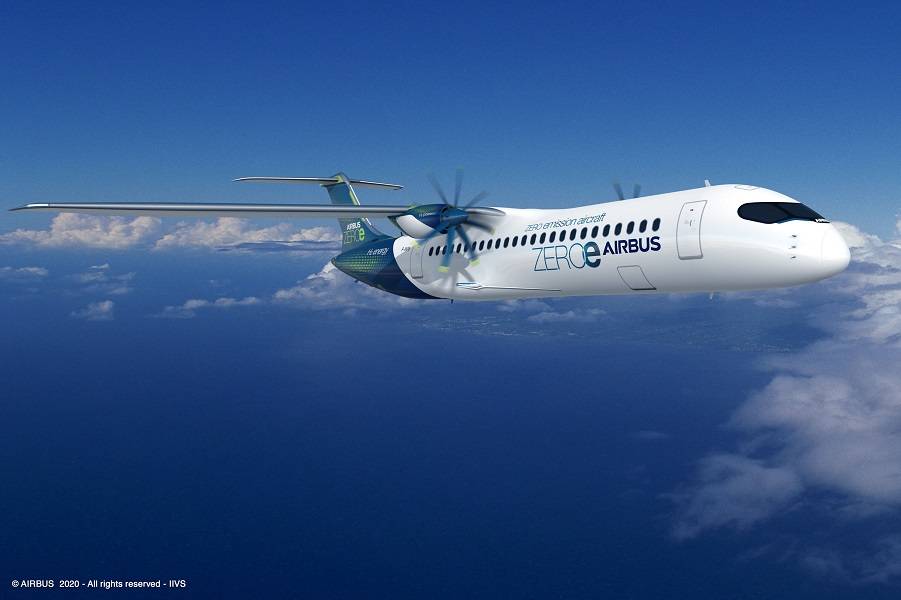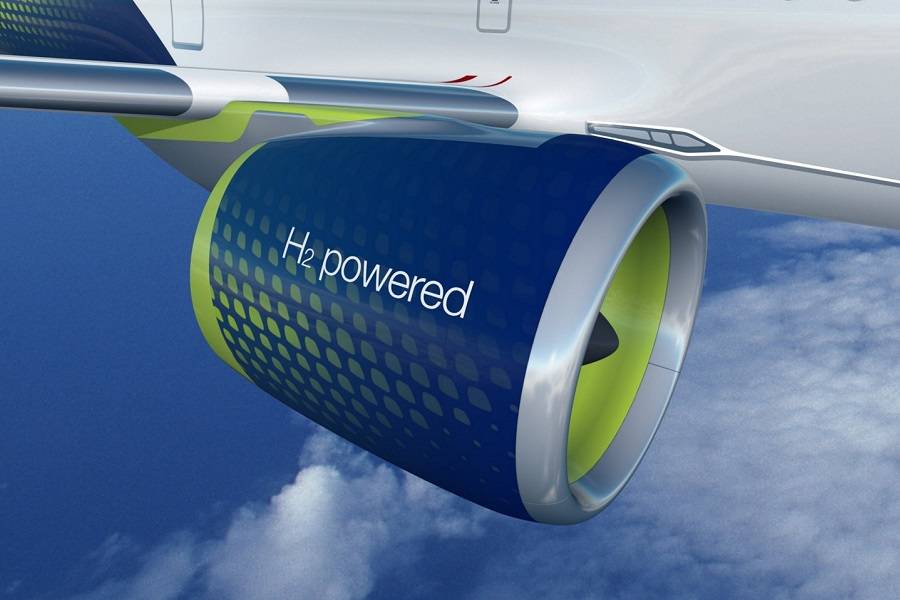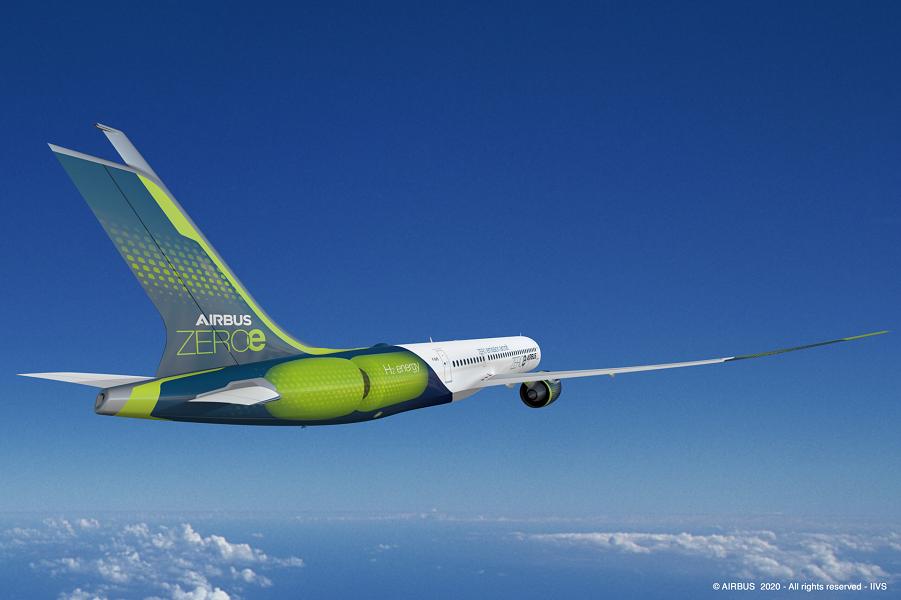Airbus recently published some more information about details of its hydrogen plans. The manufacturer sees a lot of potential in this technology, and is testing to find which methods exploit it best.
When many of us hear of hydrogen’s use as a fuel, the subject typically involves vehicles with hydrogen fuel cells. This is a way to use hydrogen to generate electricity, and then run electric motors. Car manufacturers have been working on this principle for some time. The technology has its fans, but it also has limitations, when it comes to cars.
Fuel needs to be stored at very low temperatures. This means that energy is lost in cooling it. It’s a detail that could be a deal-breaker for most passenger cars. It may still see use for trucks or buses, though. And Airbus is looking into it too, as an alternative to turboprops.

But Airbus’ main focus, for airliners, is in using hydrogen in combustion engines. Technically, there is nothing to stop hydrogen from use as fuel in a piston or a jet engine design. It even has some characteristics that, according to Airbus, actually make it an excellent candidate for combustion.
Hydrogen’s Combustion Properties
The gas has a wide flammable range. This means that it can burn (combust) using a wide range of fuel-air mixtures. This has advantages for fuel economy in cruise, where a hydrogen mixture can be “leaned” substantially. This also reduces burn temperature and fewer resulting pollutants. From known fuels, gasoline (and avgas) also has a wide flammable range, while diesel does not. This also has the potential to make the engine efficient at a very wide power range.
Hydrogen also has a high auto-ignition temperature. This means that an engine burning hydrogen can compress the fuel-air mixture much more, achieving better efficiency. This is something we see in diesel vs gasoline engines: the former have much higher compressions, so they burn less fuel for a given power output.

But unlike gasoline or diesel, an engine burning hydrogen will produce primarily water. That is the appeal of the technology, as well as the fact that the material is basically inexhaustible. The source material is water. Critics point out that electrolysing hydrogen is an energy-intensive task. But Airbus and others believe that excess power output from renewable sources, can make it a viable fuel.
The other matter is storing the material on-board. Now, when many people hear the word ‘hydrogen’ with relation to transportation, they think of the Hindenburg. So let’s get that out of the way. The Hindenburg and other airships were not using hydrogen compressed, and in very low temperatures. They were using it at near-atmospheric pressure and temperature, in compartments that used… animal fat as a sealant, to keep it from leaking. Seriously.
Low Temperatures And Fuel Tanks
The above is several orders of magnitude inferior to how we would store and use hydrogen today. We now know to store it at very low temperatures, that help reduce pressure and leaks. This is crucial because hydrogen is the smallest atom available, which means it leaks easily. This also means that any small leaks will rapidly vent upwards. That’s why Airbus’ designs incorporate a ‘smoke stack’ exhaust for the fuel tanks.

These fuel tanks are one of the biggest challenges for Airbus. Again, they must make leaks very difficult and be reliable at extremely low temperatures. In this area, Airbus has an important advantage: it makes space rockets! Among other tasks, Airbus Defence and Space’s Engineering Division designs cryogenic fuel tanks for the Ariane family of rockets.
Airbus is pooling the talents of people it has in different departments. They aim to test all available ways to exploit hydrogen in aviation. Separately, they also have projects in electric aviation. So they are well-placed to create future aircraft that benefit from both.




2 comments
Gyroman
There doesn’t seem to be much comment about using Ammonia – much easier to liquefy (-28°C as opposed to -240°C) – and more energy dense than hydrogen. Ammonia can be converted to pure hydrogen using a calstytic converter with minimal energy loss.
Steve Harford
This is Very good news indeed.
Hydrogen is the future.